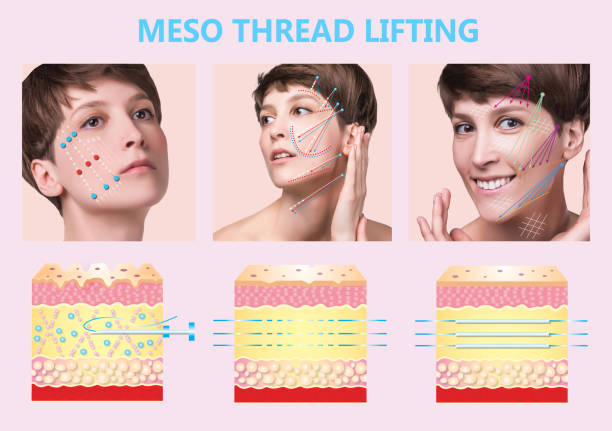Sebaceous filaments and blackheads are two common skin concerns that often get mistaken for each other. While they may appear similar at first glance, they have distinct characteristics and require different approaches for treatment and management. Understanding the differences between sebaceous filaments and blackheads is essential for effectively addressing these concerns and achieving clearer, healthier skin.
What are Sebaceous Filaments?
Sebaceous filaments are natural, hair-like structures that exist in the pores of the skin, particularly in areas where there are high concentrations of sebaceous glands, such as the nose, chin, and forehead. These filaments serve a vital function in the skin’s oil production process, helping to transport sebum (natural skin oil) to the skin’s surface.
Sebaceous filaments are typically light to medium gray in color and have a softer texture compared to blackheads. They are also more evenly distributed along the surface of the skin and tend to be more noticeable in areas with larger pores. Unlike blackheads, sebaceous filaments are not a type of acne and are not associated with inflammation or infection.
What are Blackheads?
Blackheads, also known as open comedones, are a type of acne lesion that occurs when pores become clogged with excess oil (sebum), dead skin cells, and bacteria. Unlike sebaceous filaments, blackheads have a darker appearance due to the oxidation of melanin (skin pigment) when exposed to air, which gives them their characteristic black or dark brown color.
Blackheads typically have a raised appearance and can feel slightly rough or bumpy to the touch. They are commonly found on the face, particularly in the T-zone (forehead, nose, and chin), but can also occur on the chest, back, and shoulders. Unlike sebaceous filaments, blackheads can become inflamed and develop into pimples or acne if left untreated.
How to Tell the Difference
Appearance:
Sebaceous filaments are light to medium gray in color and have a softer texture compared to blackheads.
Blackheads are darker in color (black or dark brown) and have a raised appearance, often feeling slightly rough or bumpy to the touch.
Distribution:
Sebaceous filaments are more evenly distributed along the surface of the skin, particularly in areas with larger pores, such as the nose, chin, and forehead.
Blackheads tend to cluster in specific areas of the face, such as the T-zone, but can also occur on other parts of the body.
Behavior:
Sebaceous filaments are a normal part of the skin’s oil production process and are not associated with inflammation or infection.
Blackheads can become inflamed and develop into pimples or acne if left untreated, leading to redness, swelling, and pain.
Extraction:
Sebaceous filaments can be gently extracted from the pores using gentle exfoliation techniques or pore strips, but they will typically refill over time.
Blackheads can also be extracted, but it’s essential to do so carefully to avoid causing further irritation or scarring. Professional extraction by a dermatologist or esthetician may be necessary for stubborn or deeply embedded blackheads.
Treatment and Management
Sebaceous Filaments:
Gentle exfoliation with a mild chemical exfoliant, such as salicylic acid or glycolic acid, can help keep pores clear and minimize the appearance of sebaceous filaments.
Oil-absorbing masks and clay masks can help reduce excess oil production and temporarily minimize the appearance of sebaceous filaments.
Regular cleansing with a gentle cleanser can help remove excess oil, dirt, and impurities from the skin without stripping it of its natural moisture.
Blackheads:
Salicylic acid-based cleansers, toners, and spot treatments can help unclog pores, reduce oil production, and prevent the formation of new blackheads.
Retinoid creams or serums can help increase cell turnover and prevent the buildup of dead skin cells that can clog pores and lead to blackheads.
Professional treatments, such as chemical peels, microdermabrasion, or laser therapy, may be necessary for severe or stubborn blackheads.
In conclusion, sebaceous filaments and blackheads may appear similar, but they have distinct characteristics and require different approaches for treatment and management. By understanding the differences between these two skin concerns, you can develop an effective skincare routine tailored to your specific needs and achieve clearer, healthier skin in the long run. If you’re unsure about how to address your skin concerns or if you’re experiencing persistent blackheads or inflammation, consider consulting a dermatologist or skincare professional for personalized advice and treatment recommendations.

